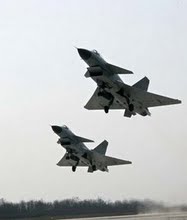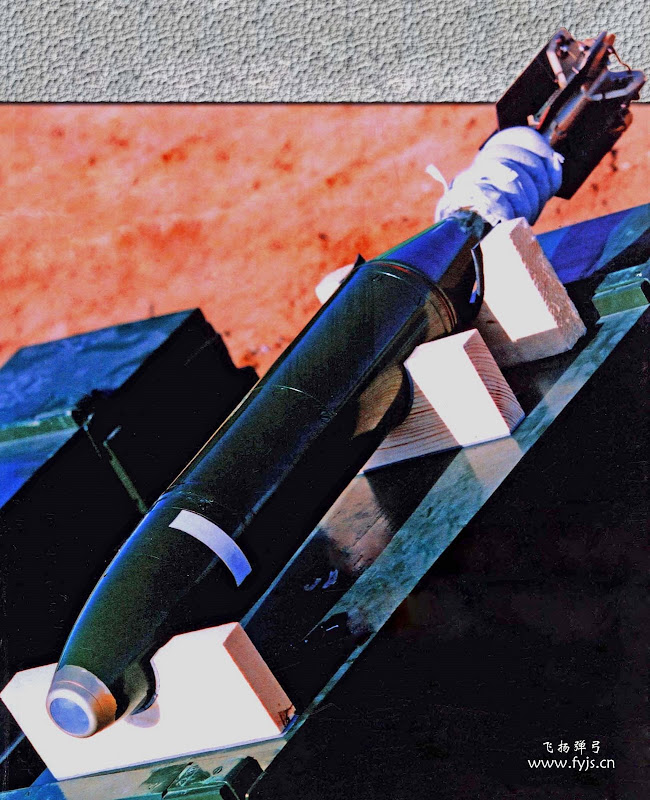Clear-cut image of China's New SSBN "celebrates" the initiation of CPC congress

When Chinese President Hu Jintao was delivering his report on 17th CPC National Congress, he was unimaginable that at the same time an extremely close shot of China's New Ballistic Nuclear Submarine was being shared in Internet.
Not a satellite image, the clearest picture of this new submarine is found from an online college photo album of Tsing-hua University and was photographed on September 7, 2007. The location is probably the submarine manufacturing base in Dalian HuluDao shipyard, Liaoning Province.
In the images, 2 nuclear Subs can be found. The front one is a Type 092 similar Submarine, but some exterior features differentiate it from previous model.
Firstly, the Sub's sail has some tiny differences with the well-known No.406 "Xia" SSBN, including the diving wing position and observing window. Secondly, this sub has a bulged tip of the tail fin, which perhaps plays as a long-wave communication device for receiving commanding code. Third, the array of drainage on the missile launch compartment is modified.
The rear one has no details but its sail displayed on the image, it can be primarily judged to be the same one with the front.
Type 092
Besides, the lids of 12 SLBM launch tubes of the submarine have been swung open. The inner side of tube cover is looks more hollow than before and it can be reasoned out that Chinese SLBM has less launching impact and better tube-space-saving after using “self-rupturing convex membrane” technologies, which learned from Trident C4 SLBM.


The exact model of these two SSBN can not be confirmed, but these two subs are the main roles which were discovered on Google Earth in October 2007 and discussed in western strategic analyzers. Actually, one photo of new Chinese SSBN has been unleashed in the year of 2006, but it can not be identified from previous type 092 model.
Chinese resources have different voices about this new model, some believed that they are new Type 094 Ballistic Submarine and dissenters insisted that they are just the modified model of Type 092. The exact model or type of these two submarines is nor important. But one truth is clear that China has at least held 3 SSBNs to carry 36 JL-2 Missiles. Under the estimation of 3 MIRVs of JL-2, PLA has really established a basic naval-based nuclear deterrence of over 100 nuke warheads.
Since 80th anniversary of PLA, some PLA's key naval underwater combat systems has emerged to public, including so-called "Type 093 and Type 094" submarines, which have been esteemed as powerful “Sha-Shou-jian” weapon by western countries. But the fact is that these new systems have no distinct advancement: Type 093 still in 1970s level and Type 094 (if it is) remain 12 SLBMs and inherit an outdated design in missile compartment.
Those indicated that China top heads are eager to establish reliable nuclear forces under U.S. pressure and have no patience to wait for low-efficiency state-run military industries providing world-class fighting systems. The negative influence of great degeneracy in 1970s "cultural Revolution" and "Economic Development First" Policy in early 1990 still exist in China military industries.
On his report on 17th CPC national congress, President Hu Jintao said that "China will enhance our capacity for independent innovation in R&D of weapons and equipment with better quality and cost-effectiveness" His words mean that after 20 years’ reform China has determined to erase its weapon systems’ disrepute of “Poor Quality”, “low additional value” and “Pirate Copy”.


















